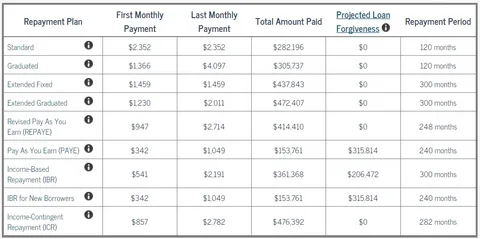
In today’s fast-paced digital economy, the concept of small amount payments has gained significant traction. As consumer behavior evolves, businesses are increasingly catering to the demand for flexible, convenient payment solutions. This article delves into what small amount payments are, their advantages, challenges, and their impact on various sectors.
What Are Small Amount Payments?
Small amount payments refer to financial transactions that involve a relatively low sum of money. These transactions can range from a few cents to a few dollars, and they are often utilized in various contexts, such as micropayments for digital content, mobile payments for everyday purchases, and tipping in service industries. The rise of digital wallets, mobile banking, and contactless payment systems has made it easier for consumers to make these small transactions quickly and conveniently. With the advent of apps that allow users to send money with a few taps on their smartphones, small amount payments have become integral to modern financial interactions.
Advantages of Small Amount Payments
One of the most significant advantages of small amount payments is their ability to enhance consumer convenience. For instance, users can make quick purchases without the need for cash or coins, which can often be cumbersome. This convenience encourages more frequent transactions, leading to increased sales for businesses. Additionally, small amount payments enable microtransactions for digital products and services, such as e-books, articles, or premium features in apps, making it feasible for content creators to monetize their offerings more effectively. This model also allows consumers to pay only for what they use, which can be particularly appealing in subscription-based services.
Challenges and Considerations
Despite their many advantages, small amount payments also come with challenges. One major issue is the cost of processing these transactions. Payment processors often charge fees that can eat into the profit margins of businesses, especially when the transaction amounts are low. This can discourage merchants from accepting small payments, limiting consumer options. Furthermore, security concerns regarding online transactions can make consumers hesitant to make frequent small payments, as they may worry about fraud or data breaches. Businesses must invest in secure payment systems and educate consumers about safety measures to build trust and encourage the use of small amount payment methods.
The Future of Small Amount Payments
The future of small amount payments looks promising as technology continues to advance. The proliferation of mobile payment solutions and digital wallets is expected to drive further adoption of these transaction methods. Companies are exploring innovative ways to integrate small amount payments into their business models, making it easier for consumers to make quick purchases without the friction of traditional payment methods. As the gig economy grows and more people engage in freelance work, the demand for efficient small payment systems is likely to increase. By addressing the current challenges and improving transaction security, businesses can capitalize on this trend and enhance customer satisfaction through convenient payment solutions.
In conclusion, small amount payments are reshaping the way consumers and businesses interact financially. Understanding their benefits, challenges, and future prospects is crucial for adapting to this evolving landscape. As technology continues to advance, both consumers and merchants stand to gain from embracing small amount payment methods in their everyday transactions.상품권신용카드
